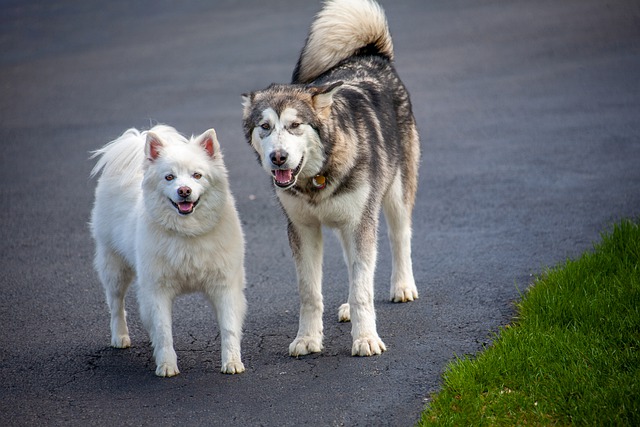How to crate train a dog and the importance of training.

Learning how to crate-train a dog is the responsibility of every dog owner. There are many reasons why dog owners need to know how to crate-train a dog. By crate training a dog, owners can control their pet’s behavior. In addition, installing dog crates not only protects the owner’s property, but also the dog’s.
The importance of dog crates
The main purpose of a dog crate is to ensure the safety of the pet and to ensure that owners do not worry too much about their pet.
Dog crate training will also protect the owner’s items inside the home, such as shoes, books, furniture, rugs, or electrical wires, by preventing the dog from chewing on them.
Crate training a dog can also mean giving the pet a sense of having its own space where it can feel at home, safe, and warm. Personal space is important to humans and the same is true for dogs.
Different Crate Training Tips
Owners who like to personalize or customize dog crates can provide toys, sheets in their favorite color treats, and water containers in different shapes for their pet’s home.
The owner should choose the appropriate location for their wooden or aluminum crate. It is advisable to place it where the pet can see its owner or family members so that it does not feel lonely or isolated even though it is inside the cage.
Choosing the size of the crate is also essential and should match the size of the dog. Large crates are only useful for large dogs, but if the animal is not too large, a small crate will suffice. This is because dogs can easily adapt to their personal space if it is the right size for them.
Different ways to crate train a dog
Build trust. There are a number of ways the owner can help the dog learn to trust or gradually become accustomed to the crate. One way to crate train a dog is to leave trails of treats in the crate, which can encourage the dog to find something good inside while exploring its new home. The pet may also begin to trust the dog crate if the owner feeds it inside the crate. If the dog is reluctant to eat inside the crate, the owner can try feeding it near the crate first until the dog gradually learns to eat inside.
Methods of encouragement. Pets should not be forced into dog crates, as they will only fight back or go against it. The proper way to crate train a dog is to encourage it by sound or petting to enter the crate. Praising dogs when they are inside the crate and gently discouraging them when they are outside is also a good method of crate training dogs. Praising animals when they are inside the crate will make them feel like they are doing something right.
Playing games. Training a dog will be easier if it is accompanied by games, especially if rewards are given. This way, the owner can create an enjoyable experience for the pet instead of just training. The dog crate can be used for these games to make the pet feel comfortable. In addition, giving rewards such as treats or toys while crate training dogs will maintain the playful atmosphere and before the dogs notice, they will already have become accustomed to the crate.
Training Program. Pet owners can follow a schedule for crate training a dog. Training pets to use dog crates can begin by letting them stay inside the crate for a short period of time, then gradually increasing the length of that time until they become accustomed to it. It is also helpful if the owner is home while the pet is in the dog crate so that the pet does not feel lonely until it gets used to staying in the crate, even when the owner is away.
Learning to crate-train a dog is beneficial to both the owners and the animals. Animals can have their own space in dog crates that keep them safe. Meanwhile, owners can maintain order in the home and reduce property damage.






